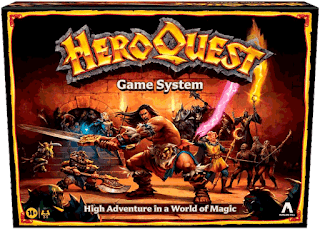Trans-Real news is my surreal science fantasy comedy audio drama. It follows the lives of the cast of a daily news show as they attempt to report on a world where time, space, and reality has malfunctioned. Please to things like rampaging hordes of barbarians coming back through time too eliminate people they think made humanity weaker, much of the Monterey Bay area of Northern California turning into a swamp full of Carboniferous life forms, Los Angeles turning into a shining 1950 science fiction-style Utopia, and a hive mind of talking insects taking over hollywood.
If I were to try to describe it, I might do so as a Murphy Brown and meats Bill & Ted, while a selection of comics from Heavy Metal play out in the background.
Throughout the series, I make a lot of references to Dungeons & Dragons. There are even a couple of scenes of the characters playing it. And one of the things I have tried to do with it is make sure that it is gamable.:
I tried to create a podcast where every episode might give a dungeon master six or seven new ideas for adventure hooks or strange events in their campaign world.
Throughout it, I also did a lot of World-Building, and there is definitely a setting all its own there where modern people are facing fantasy and science fiction dangers while trying to learn to navigate time travel, alternate dimensions, and the world where magic is coming into its own.
It is my intention to start working on a setting book for it based on an in-world book a couple of the recurring characters wrote. I would love feedback from my readers as to whether or not this is something they would be interested in.
I will post the trailer here. You can find it on most of your podcatchers, such as spotify, youtube, Podcast Addict, and itunes.
If you have a few hours to spare, I would love to have a chance to entertain you!




